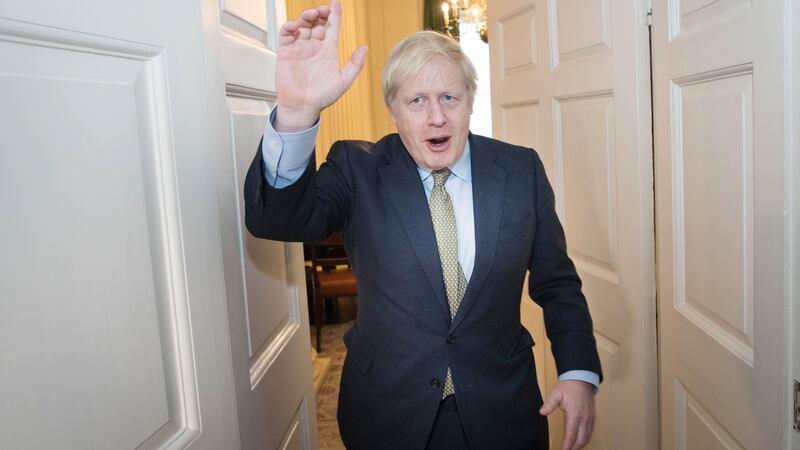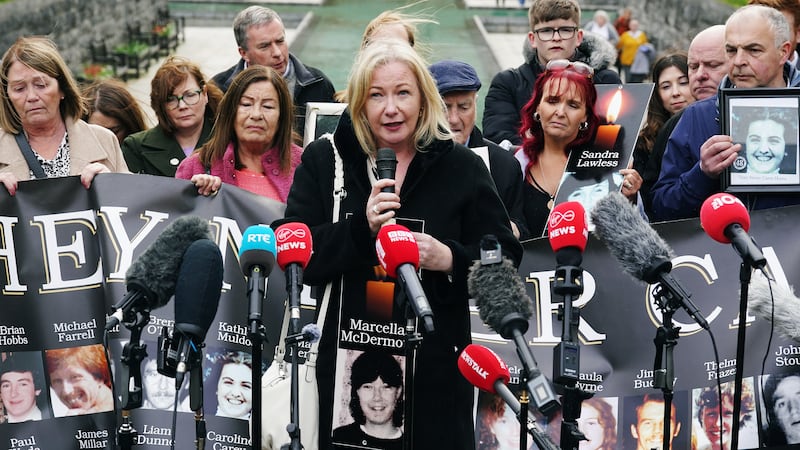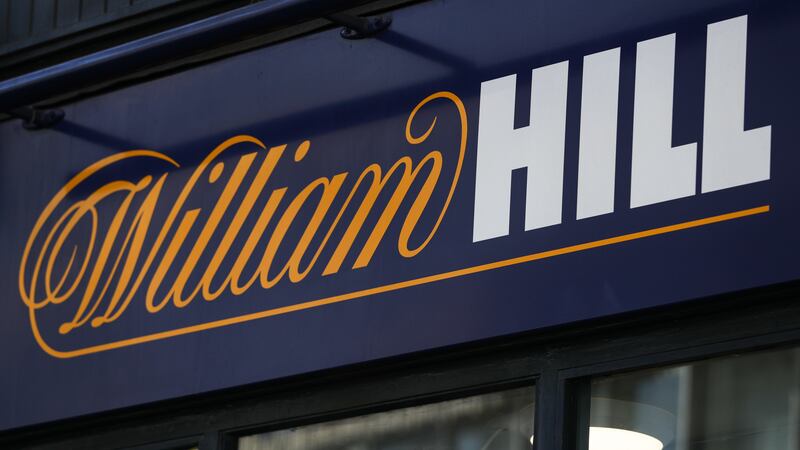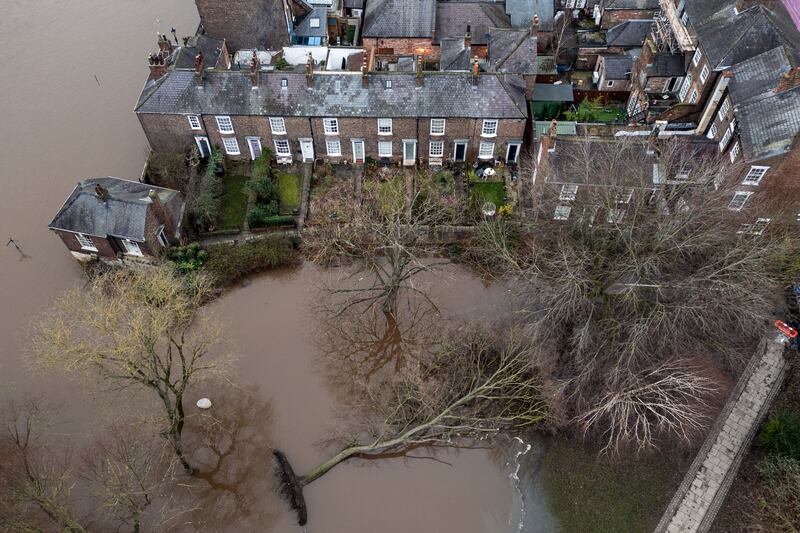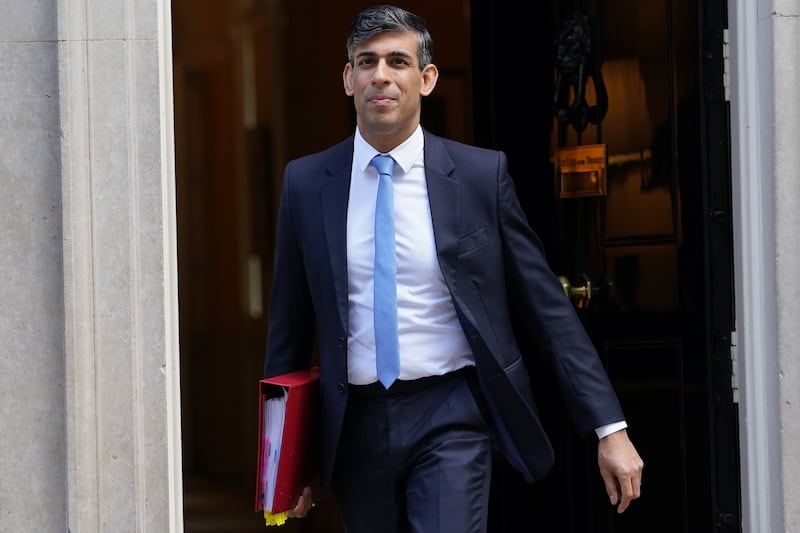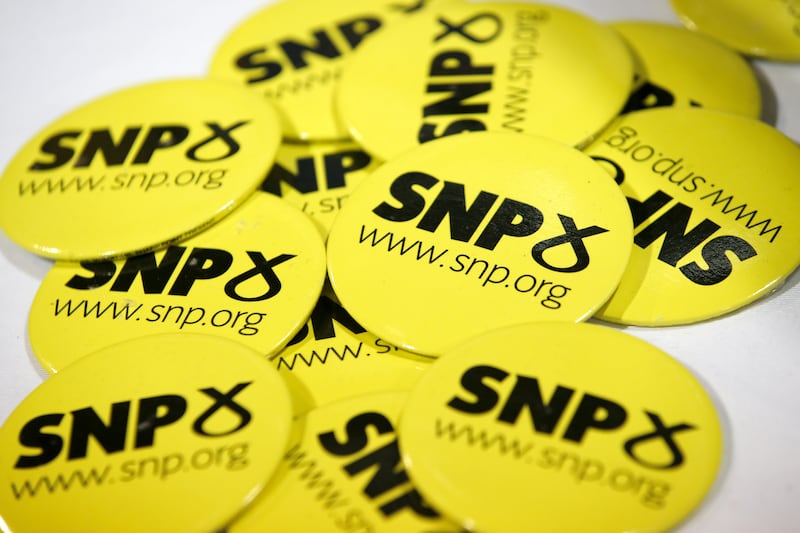The Conservative Party spent more than any other party on Facebook and Instagram adverts in the run-up to last week’s General Election, analysis by the PA news agency has found.
It largely came in a spending blitz in the final two weeks of the campaign.
Across their two main pages – named Conservatives and Boris Johnson – the party spent a total of £959,329 in the four weeks up to the vote.
In comparison, Labour spent £552,035 on its Labour Party and Jeremy Corbyn pages between November 14 and December 12, the fourth most of the major UK parties.
The Liberal Democrats were the second biggest spenders, with £800,767 used to target voters during the period on its main page.
The Brexit Party was third, spending £585,202 across its party and Nigel Farage pages.
Facebook did not release exact totals on ad spending over the election period so the figures were compiled using estimates from researchers at New York University.
According to the analysis, the Conservatives remained relatively quiet in the early weeks of the campaign as the three other biggest spending parties laid out hundreds of thousands of pounds.
But the Tories then splashed £888,291 in a late push during the final two weeks, amounting to 92% of their total spending over the period.
As their spending ramped up, the party appeared to focus the majority of its spending on two key messages – guaranteeing Brexit and preventing Jeremy Corbyn from becoming prime minister.
Labour’s adverts, meanwhile, were largely based around issues such as the NHS, as well as pushing people to register to vote and find their polling stations.
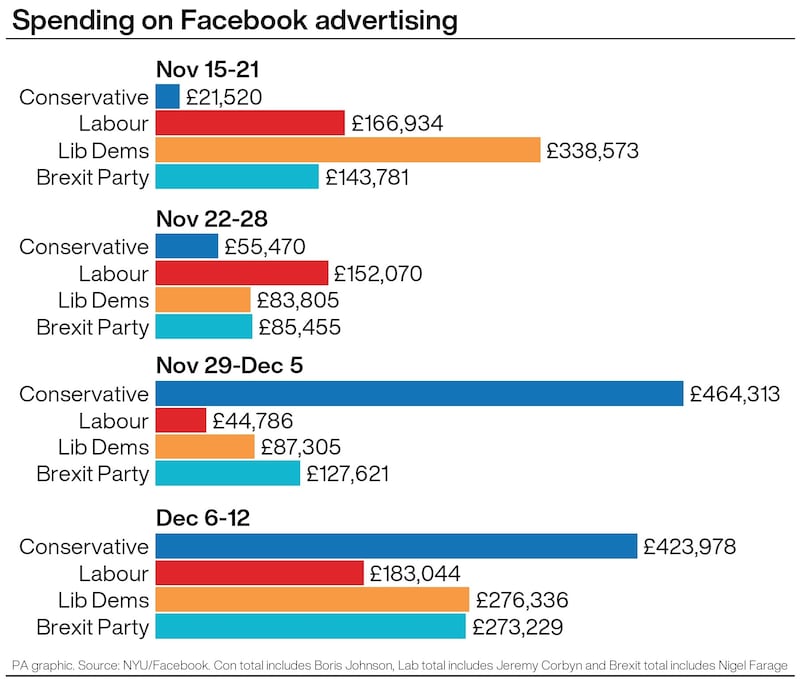
The majority of the Liberal Democrats’ ads promoted the party’s plans to stop Brexit, while the Brexit Party targeted voters in Tory or Labour marginals and focused largely on ensuring the UK’s departure from the EU.
Facebook’s platform allows advertisers to target users based on information the company holds on them including age, sex, location and even relationship status or level of education.
The company allows advertisers to post “dark” ads, meaning they may not be visible to users on either Facebook or Instagram unless the campaign has chosen to target them.
While the Conservatives spent more money targeting voters in the 45-54 category than any other age group, Labour and the Liberal Democrats’ spending was most heavily aimed at 25-34 year-olds, according to Facebook’s data.
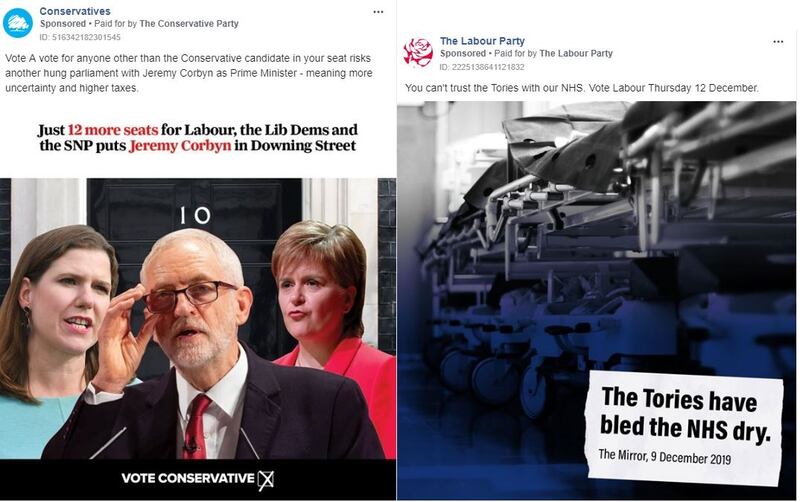
The use of Facebook as a tool of influence in British politics first came under the spotlight in the 2016 EU referendum campaign after Vote Leave used Facebook data harvested by Cambridge Analytica to target voters.
Vote Leave’s campaign director Dominic Cummings is now the top adviser to Mr Johnson and echoes of the 2016 tactics could be seen in the Tories’ strategy this time around.
Among the ads posted in the final stretch of the campaign was a glossy video spoofing the film Love Actually, which drew millions of views across multiple platforms.
Brexit, actually.Brexit, actually.Posted by Boris Johnson on Monday, December 9, 2019
Despite spending the most overall, the Tories performed less well organically – in other words, via people choosing to share their content.
The campaign’s two biggest Facebook pages were those of Mr Johnson and Mr Corbyn, and the Labour leader easily outperformed the PM in terms of engagement over the course of the election campaign.
Mr Johnson’s page received more than 4.18 million interactions on Facebook, an average of almost 600,000 a week, and gained 38,300 page likes.
Mr Corbyn received 9.84 million interactions, an average of 1.41 million. His page also gained 91,500 likes in that time.
Daniel Sarath from digital marketing agency Click.co.uk said the Conservatives had spent their money effectively by focusing on simple messaging and the right age demographics, rather than attempting to reach everyone.
“After months of deadlock, Boris Johnson and the Conservative Party knew Brexit would be the key issue for older voters in this election, even those who had historically supported Labour,” he said.
“The Conservative Party spent a lot of money on Facebook to facilitate this but, most importantly, they made sure they were targeting the right people with the money they were spending, too.
“In that regard, this proved to be a very effective strategy for the Tories and was definitely money well spent.”
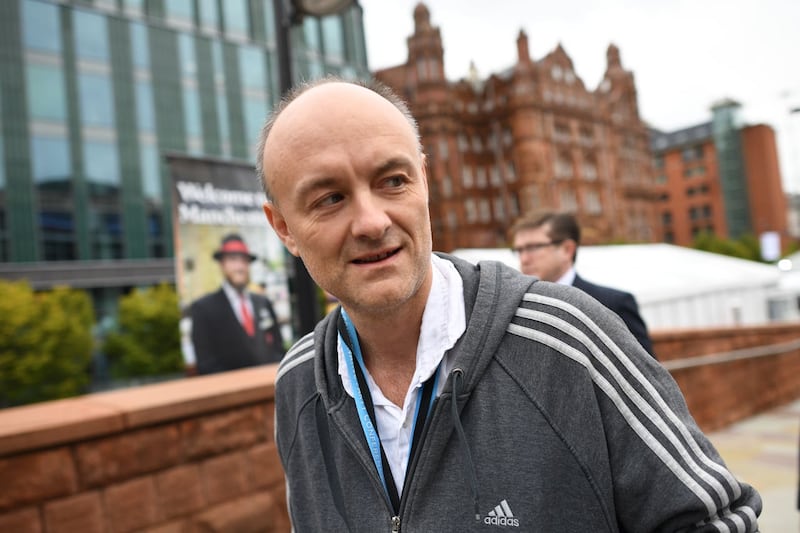
Facebook has faced calls to ban political advertising on its platform after Twitter and Snapchat announced plans to do so.
The social network’s founder Mark Zuckerberg said banning or fact-checking political adverts would amount to censorship of free speech.
A number of misleading adverts were withdrawn from the platform throughout the campaign, including several from the Conservative Party that used edited versions of BBC content.
